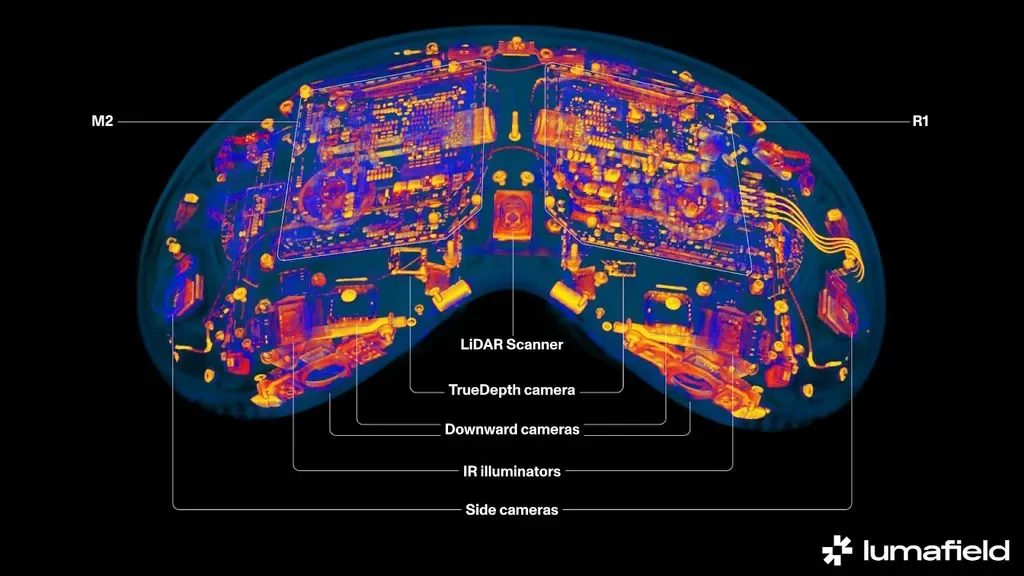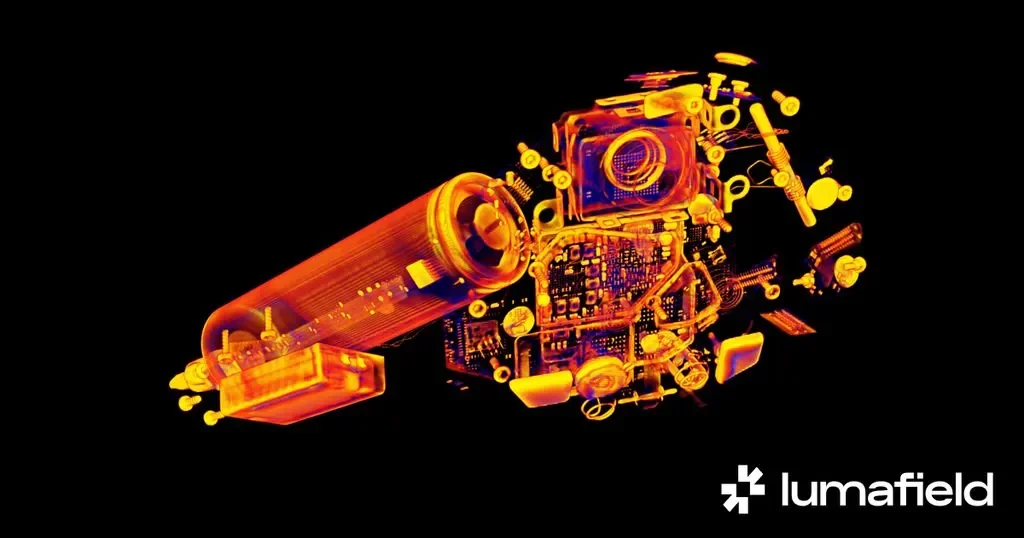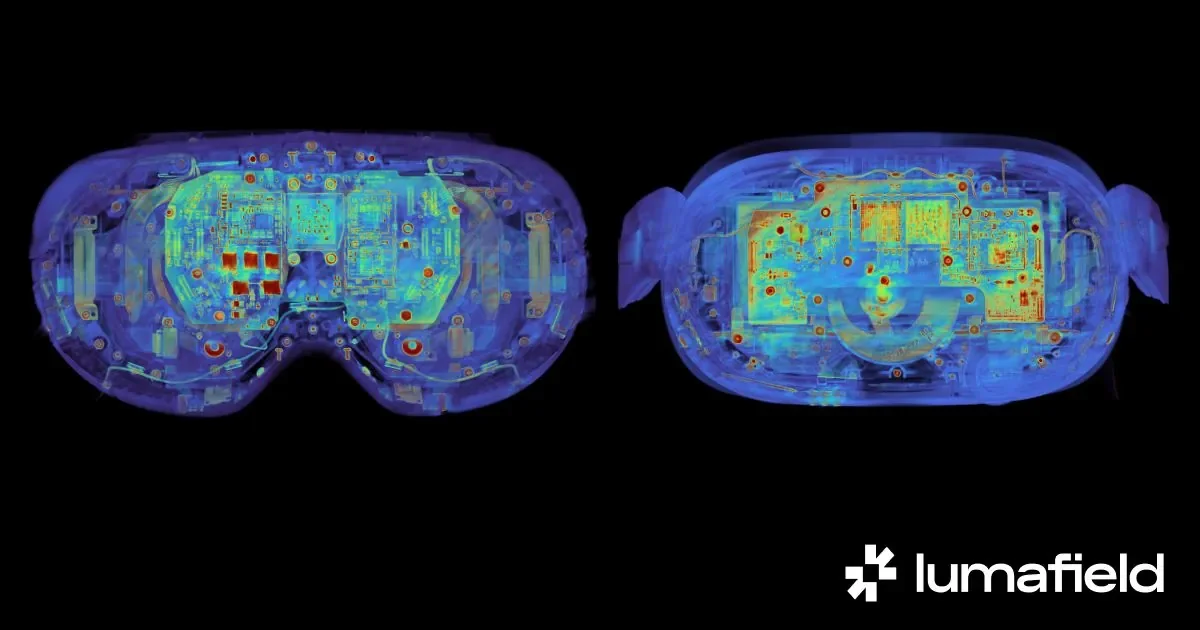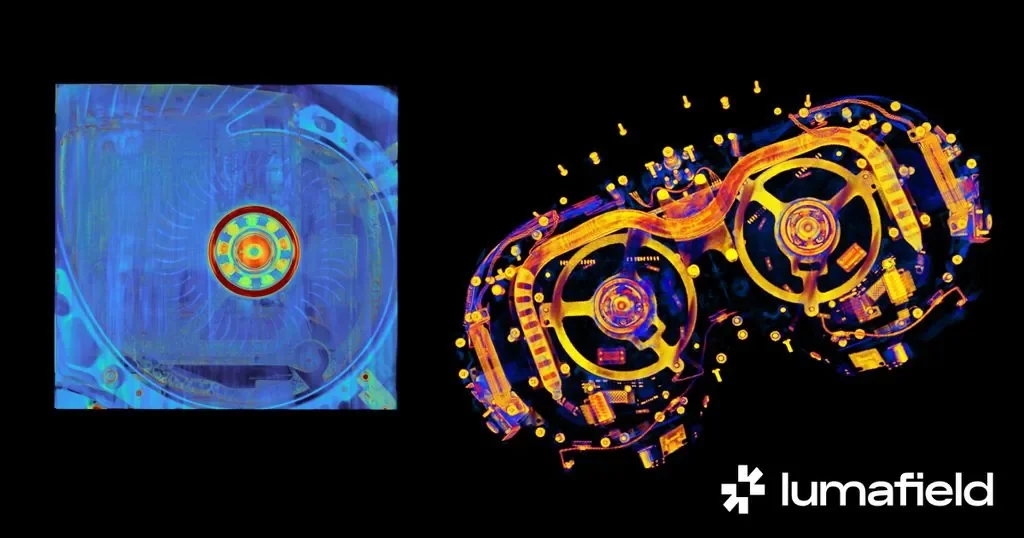On April 10th, Lumafield recently released a blog post comparing the internal differences between Apple's Vision Pro and the popular headsets Meta Quest 3/Pro using CT scanning methods.

Lumafield used its Neptune industrial CT scanner and Voyager analysis software for non-destructive disassembly scanning of Apple Vision Pro, Meta Quest Pro, and Meta Quest 3.
The video was uploaded by the UP main channel "Yuan Universe Xiaoji," and the source video is from Lumafield.
Sensor
The arrangement of components in the Vision Pro maximizes the use of internal space while maintaining the aesthetic appearance. It utilizes flexible PCB strips and electronic components positioned at different angles.

Vision Pro

Meta Quest Touch Pro controller

Processor comparison: Meta Quest Pro (left) and Meta Quest 3 (right)

Apple Vision Pro AudioPod (left), Meta Quest 3 spatial audio driver unit (right)
In contrast, this is in stark contrast to the Meta Quest Pro and Quest 3, which utilize a more traditional approach, stacking the main components on a single plane.
Upon inspection of these devices' sensors, it was found that Vision Pro employs advanced eye and hand tracking technologies for user interface navigation, including various sensors such as laser radar and infrared cameras. In contrast, Meta Quest devices utilize handheld controllers and experimental hand tracking technology.
Thermal management
Apple and Meta employ different thermal management strategies, with Quest Pro utilizing a combination of basic active and passive cooling, while Vision Pro utilizes miniature fans.

Apple Vision Pro miniature fan (left), Meta Quest Pro heat pipe and fan (right)
Battery
The design and positioning of the battery further distinguish the headset designs. Vision Pro opts for an external battery pack for enhanced performance, while Meta Quest models integrate the battery within the headset for user convenience.

Apple Vision Pro battery (left), Meta Quest 3 battery (center), Meta Quest Pro battery (right)
Source: IT Home


